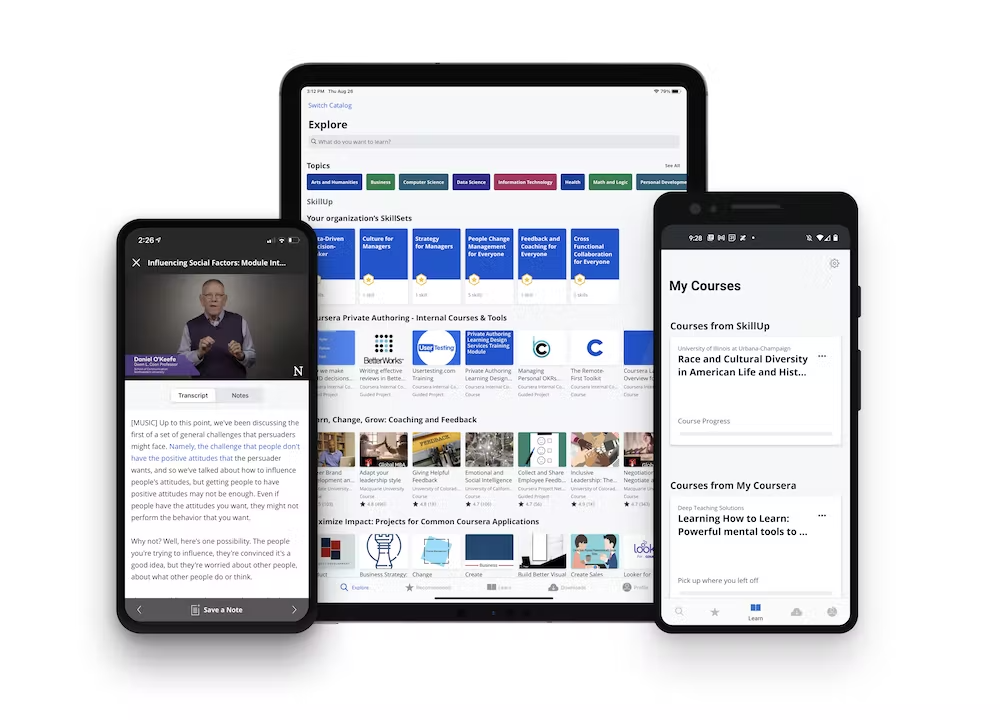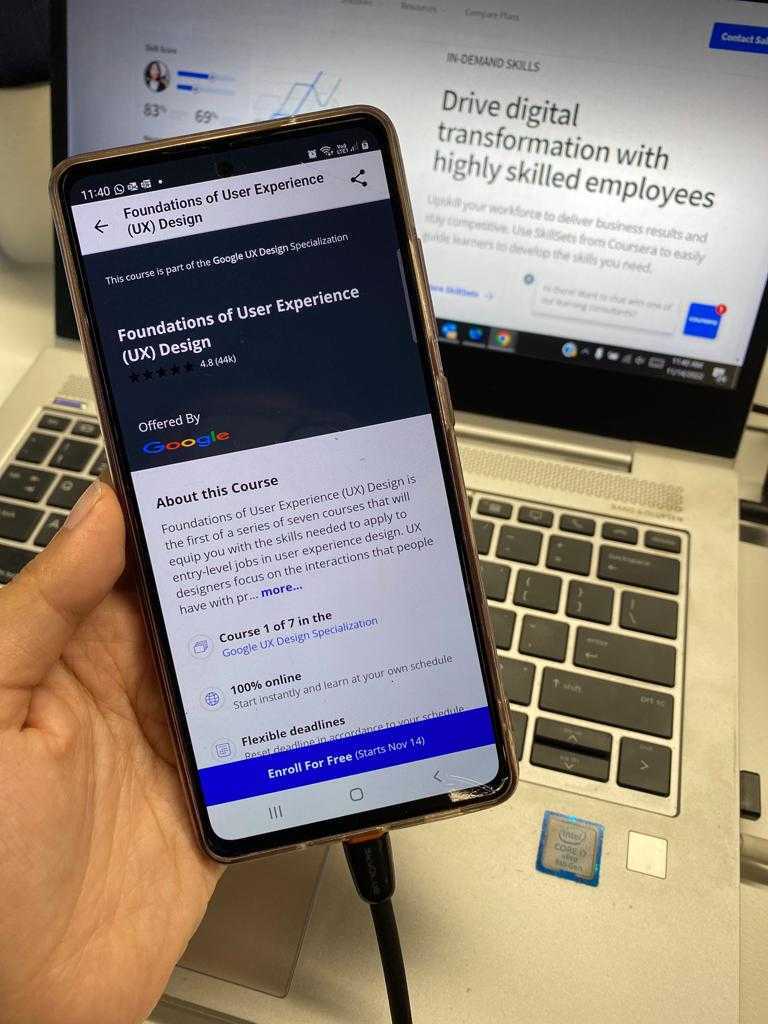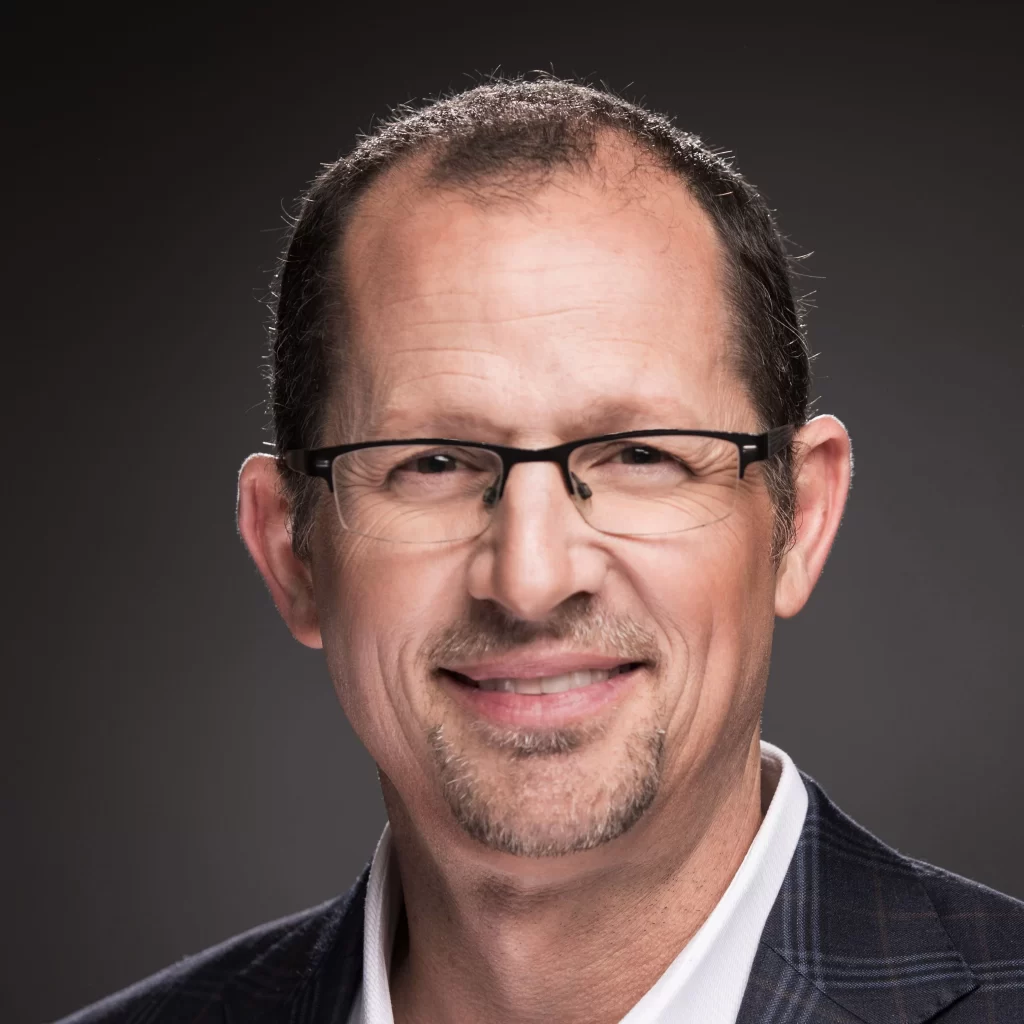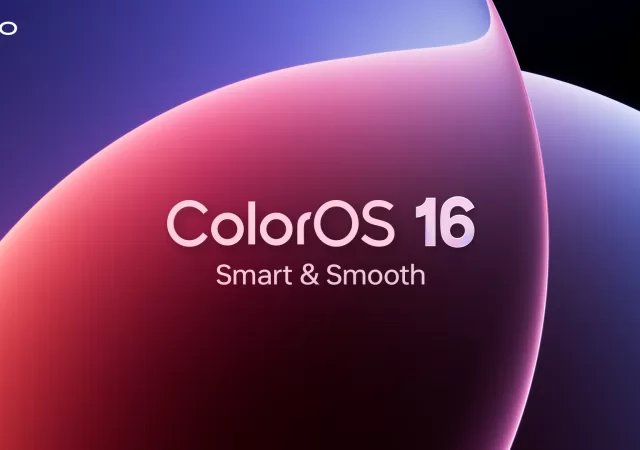We’ve heard the same song for years on end: “The market is changing, and digital skills are needed to address the gaps and jobs that will emerge in the near future.” However, the song hasn’t changed nor has the landscape – until very recently thanks to the global pandemic. The pandemic has accelerated not only medical technology but also transformed our work-life relationship and the landscape of corporate life entirely. We’ve seen the acceleration of remote and hybrid work in its wake and the increasing demand for remote and continuous learning. In fact, Coursera CEO, Jeff Maggioncalda says that the “future is characterized by uncertainty and dynamism” and this is exactly what we’re seeing in a world where automation is replacing a lot of the jobs that we’ve been accustomed to over the past decades. The big question now is: Where does that leave us now?
An Emerging Need to Rethink Education and Enable Universally Accessible Education
In the simplest terms, we’re at a crossroads; one that will see the emergence of new norms, new methods and approaches, and a new need for universally accessible education that addresses the needs of emerging jobs in a new market. However, that doesn’t mean that we forget the knowledge and know-how from the past, it just means that we’ve got to adapt and look at it from a different perspective.

It’s been historically proven that quality education has driven cultural and civilizational prosperity. However, in recent years, we’ve been seeing an increase in the number of companies looking for “soft skills” rather than a “paper qualifications”. In this light, it has become more apparent that our current approach to academia, training and education is quickly failing to provide the skills and industrial know-how to address the needs of various industries. It necessitates a rethinking and a realignment of strategies in addressing the rapidly growing needs of a world that is continually and swiftly changing.
Realizing this, the founders behind Coursera, Andrew Ng and Daphne Koller, developed a platform that has grown rapidly into the go-to place for industry-relevant courses. What initially started as a platform for upskilling and training in computer sciences has become a universally accessible platform to learn and develop new skills. In the years since its founding in 2015, Coursera has collaborated with industry leaders like Google and Meta as well as reputable academic institutions like the University of California Los Angeles (UCLA), Harvard University and Massachusetts Institute of Technology (MIT) to develop accessible, industry-relevant courses and qualifications which are rapidly changing lives for the better.
MOOC-ing the Future with Stackable Courses
Massively Open Online Courses (MOOC) have become the cornerstone of Coursera’s vision of accessible education. What started as small, bite-sized, short courses have become weeks’ long certifiable courses. However, Coursera has taken it a step further by creating an environment where these MOOCs are stackable. Simply put – take a number of these courses over the span of two to three years and earn yourself a diploma or degree from a reputable institution. With this approach, the concerns of upskilling a workforce or population become an issue that is continually addressed by the evolving courses available.
Adoption of this form of learning and learning online has been driven by a generation that has realised and been sensitized to a growing gap between philosophically driven academia and skills-driven industry. This is supported by their own statistics which show a larger portion of learners from younger populations across the world. The average age of learners on the platform is about 30 years of age.

The advent of online learning has not only led to a more accessible advent of online learning has not only led to a more accessible form of tertiary learning, but it’s also disproportionately empowered women to pursue degrees in STEM (Science, Technology, Engineering and Mathematics) related fields. In Malaysia alone, women account for 46% of Coursera’s 58,000 learners. This and the added flexibility of planning your education around your life empowers even the most burdened individuals like single mothers to upskill themselves to better their financial outlook.
Coursera isn’t just making it more accessible; it’s helping institutes of higher learning rethink qualifications for their courses. This falls in line with many companies adopting skills-based qualifications instead of more theoretical qualifications. MOOCs on Coursera are used to not only give learners a taste or trial of the course they’re getting into, but they are also increasingly used to ascertain the aptitude of learners for courses. Scoring well in certain MOOCs can open new pathways of learning to those who have otherwise been turned down by academia. With this approach, learners are not only qualifying for their degree or course, but they also earn the required credits and prerequisites to their degree or master’s.
Dealing with Stigma & Accreditation
When online degrees and masters were first introduced by institutions in response to platforms like Coursera, there was a stigma that arose together with it. Are online degrees and masters up to scratch? Are these degrees bought? While they may be less prevalent now, there are some who haven’t embraced the change just yet.

However, an increasing number of well-known universities are beginning to embrace hybrid learning. In fact, some of these universities offer their courses on Coursera itself. They’ve created learning experiences that empower online learners with the same access and facilities as on-campus students. Library access, access to resources like journals and even access to teaching staff are now part and parcel of the learning experience even for online learners. Study groups and student participation via tools like zoom or online forums are being factored into the final grade of online learners.
That said, these degrees and master’s programs are still subject to stringent standards of boards like the Malaysian Qualifications Agency (MQA) or the Higher Learning Commission (HLC) in the U.S.. With regular universities, courses are put through the accreditation process every two to three years, while this used to work before, with the ever-changing digital industry landscape and the skills-based hiring practices becoming prevalent it leaves the institutions handicapped and ill-equipped to address the needs of industries they train for.
With MOOCs and hybrid learning becoming more mainstream, Coursera has been working with relevant partners and agencies to rethink and better adapt the accreditation processes to allow both conventional and online learners to benefit. As the process is optimized, academia will be better equipped to respond to the changing job landscape. Online learning and MOOCs are accelerating the rate at which the workforce is being equipped with skills needed for new, digital skills-based jobs. With conventional learning institutions joining the fray, the skills gap will be all but moot.
Adapted for & Developed with Industry
However, it’s worth pointing out that it’s a continual process of developing and adapting learning modules to address new, novel concepts and approaches. This is something that is being continually done when it comes to MOOCs. Institutions that provide these MOOCs and platforms like Coursera regularly improve and innovate based on learner feedback and development of courses with leading players like Meta, Google, CISCO and more.
These mechanisms of improvement not only allow Coursera and its partners to work towards better learning outcomes, but it also allows them to develop tools and coursework that better illustrate the application of theoretical concepts in industrial practice. Feedback from industry players bridges a currently widening gap between academia and industry which has led to our currently worsening skills gap.

“Strong industry-academia-government collaboration that focuses on the rapid deployment of high-quality digital and human skills training will be key to ensuring that the Malaysian workforce remains resilient and competitive amid rapid technological transformation“
Coursera is already the interjection of academia and industry; it, therefore, really comes as no surprise that companies are also adopting Coursera as a partner for their internal training and upskilling programs. Naturally, some of these courses include the adoption of courses from other partners. In fact, partners like Panasonic Appliances Marketing Asia Pacific have already curated online learning programs which have seen successful adoption among their staff. Panasonic’s program alone boasts more than 1,200 enrollments with over 10 learning hours each.
Embracing the Future of Learning by Embracing the Future of Work
It should already be apparent that learning and work are intricately linked. With the advent of technology, both have taken similar paths in their evolution. This has only been accelerated by the recent pandemic. As the world is continuing to work both remotely and in hybrid, so too must learning and education. In fact, globalization isn’t just something happening in the commercial market, it’s happening even when it comes to work. Jobs are no longer bound by physical boundaries and location. You can be in Malaysia and work for a company based in the United Kingdom or vice versa. Jobs will go to the most qualified and no longer to the one who is nearest to the office.
Coursera learners are living proof of this. Many of them are hired by partners for remote jobs outside their country of residence. Coursera itself is a company that works nearly exclusively remotely. This is just a glimpse of an inevitable future that we are seeing unfold. It goes without saying that learning should and will inevitably take the same course. In fact, it is already with MOOCs and micro-credentials looking to outperform degrees when it comes to employability in the near future.





